Currently, Vo Xuan Can's tomb and church belong to Cam Thuy and Tan Thuy communes (Le Thuy - Quang Binh), in which his tomb is located on a mound of land along the Dau Giang River, in Tan Hoa village, Tan Thuy commune. The church was restored right on the old Le Quoc church's foundation, located next to National Highway 1, in Hoa Luat Nam village, Cam Thuy commune.
With the typical values of the relic, on November 4, 2020, the Minister of Culture, Sports and Tourism issued Decision No. 3232/QD-BVHTTDL ranking the historical relic of Vo Xuan Can's tomb and church as a national relic.
Mr. Vo Xuan Can was born on November 14, 1772, in a rural area with a rich tradition of patriotism and love of learning. Since his childhood, he was famous for being studious and intelligent because he inherited from a family with a tradition of mandarins, many of whom were officials.
Vo Xuan Can soon determined his path with the concept of "being an official to shoulder the burden of life, doing righteous deeds with the ultimate goal of serving the people". That is why during his 50 years as an official (1802-1852), he did many things that deserve to be recognized by history.
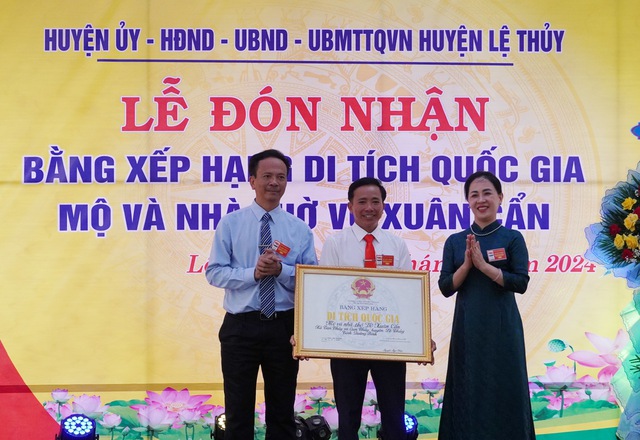
Representatives of the Department of Culture, Sports and Tourism of Quang Binh and leaders of Le Thuy district awarded the certificate of ranking as a national historical relic of Vo Xuan Can's tomb and church.
Vo Xuan Can passed the Cong si exam (equivalent to Bachelor) under the Nguyen Lord but did not become an official. In 1802, he entered the Academy at the invitation of King Gia Long. From then until 1852, he held many of the most important positions in the court such as: Minister of Justice, Minister of Public Works; Academician of the Academy; Grand Academician of the Eastern Palace; manager of the Ministry of Personnel; concurrently in charge of the National History Institute; General Manager of the National History Institute... No matter what position he held, he always proved to be a mandarin with extensive knowledge, elegant, upright, straightforward, loving to the people, devoted to his work, capable of bringing peace to the country.
In the second year of Gia Long (1803), he was appointed as Tham bien hiep tran Hung Hoa, then Cai ba in Binh Dinh. In 1820, King Minh Mang ascended the throne, he was appointed Hiep tran Son Nam. After that, he was summoned back to the capital by the court to be Ta tham tri Bo hinh.
Realizing that Vo Xuan Can was a mandarin who always devoted himself to the people, King Minh Mang appointed him to be the Deputy Governor of Nghe An to comfort the people of this region. In 1826, he was summoned back to the capital to take the position of Tuyen Phu Hoai Duc, then transferred to the position of Hinh Ta Bac Thanh. After a while, the king invited him back to the capital to be the Right Tham Tri of the Ministry of Personnel, then promoted to the Minister of Public Works.
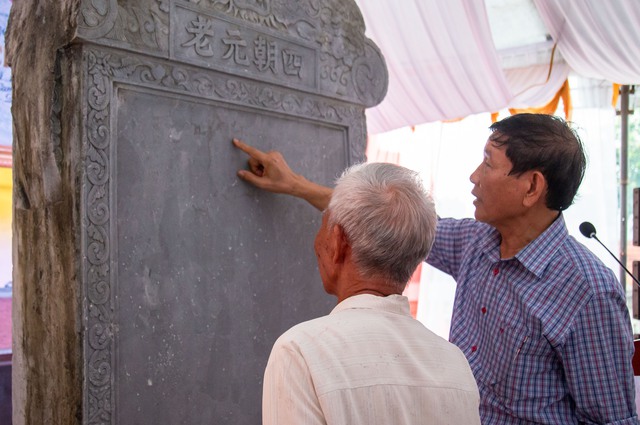
Associate Professor, Doctor of History Ngo Minh Oanh and representatives of the Vo Xuan family in front of the "Tu Trieu Nguyen Lao" stele placed in the Vo Xuan Can church area. The stone stele is a valuable artifact and valuable research material on the person and 50-year career as an official of Vo Xuan Can.
In 1833, he was appointed Governor of Binh Phu province. Binh Phu province, where he was Governor, contributed significantly in terms of manpower and military supplies, along with the royal army, to defeat the Siamese army in 1834 and Le Van Khoi's army in 1835, recapturing Phien An citadel (Gia Dinh).
During his 50 years as an official under four kings (Gia Long, Minh Mang, Thieu Tri, Tu Duc), eight times holding local positions, nine times holding positions in the court, he showed his proficiency in selecting people, secretly recommending talents... he performed well in most of the important positions in the court.
"The legacy that Vo Xuan Can left for the descendants of the Vo Xuan family in particular and the people of Le Thuy in general will be preserved, conserved and actively promoted, contributing to the socio-economic development of the locality"...
Ms. Dang Thi Hong Tham , Vice Chairman of Le Thuy District People's Committee
In April 1852, he passed away at the age of 81. King Tu Duc mourned and issued a royal decree granting him gold and silk, arranging the funeral, sending officials to perform the ceremony, and giving him the posthumous name Van Doan. On July 9, 1852, King Tu Duc ordered the poem and the inscription to be engraved on a stone stele erected at the entrance of the village, titled "Tu Trieu Nguyen Lao" (A man of great virtue in four dynasties).
Ms. Dang Thi Hong Tham, Vice Chairman of the People's Committee of Le Thuy District (Quang Binh) said: "The national historical site of Vo Xuan Can's tomb and church has typical historical and cultural values of Quang Binh in particular and the country in general. Under the feudal regime, there were many people who passed their studies, became honest mandarins, loved their country and people, and wholeheartedly served the country."
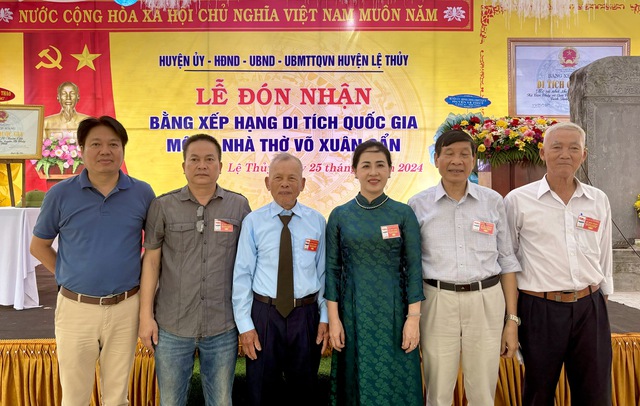
Le Thuy district leaders and Vo Xuan family representatives take souvenir photos
"The "Tu Trieu Nguyen Lao" stele is an antique with artistic value and a valuable document for researching the person and 50-year career of Vo Xuan Can. The relic has typical historical and cultural value of the homeland of Le Thuy, famous for its cultural heritage, kind and studious people... helping generations of Le Thuy district residents to be proud and educate the tradition for future generations" - Ms. Dang Thi Hong Tham affirmed.
Source: https://toquoc.vn/vo-xuan-can-vi-quan-duoc-4-trieu-vua-trong-dung-20240625162954963.htm


![[Photo] Nhan Dan Newspaper announces the project "Love Vietnam so much"](https://vstatic.vietnam.vn/vietnam/resource/IMAGE/2025/4/17/362f882012d3432783fc92fab1b3e980)
![[Photo] General Secretary To Lam receives French Ambassador to Vietnam Olivier Brochet](https://vstatic.vietnam.vn/vietnam/resource/IMAGE/2025/4/17/49224f0f12e84b66a73b17eb251f7278)

![[Photo] National Assembly Chairman Tran Thanh Man meets with outstanding workers in the oil and gas industry](https://vstatic.vietnam.vn/vietnam/resource/IMAGE/2025/4/17/1d0de4026b75434ab34279624db7ee4a)
![[Photo] Promoting friendship, solidarity and cooperation between the armies and people of the two countries](https://vstatic.vietnam.vn/vietnam/resource/IMAGE/2025/4/17/0c4d087864f14092aed77252590b6bae)
![[Photo] Closing of the 4th Summit of the Partnership for Green Growth and the Global Goals](https://vstatic.vietnam.vn/vietnam/resource/IMAGE/2025/4/17/c0a0df9852c84e58be0a8b939189c85a)
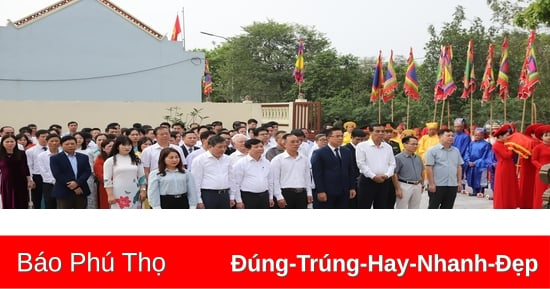

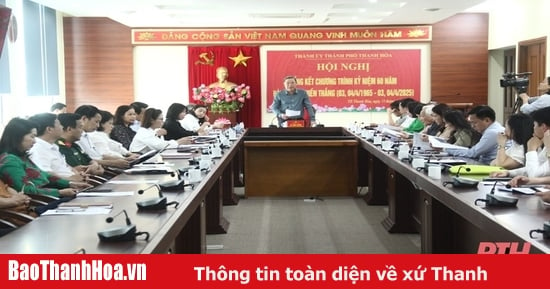







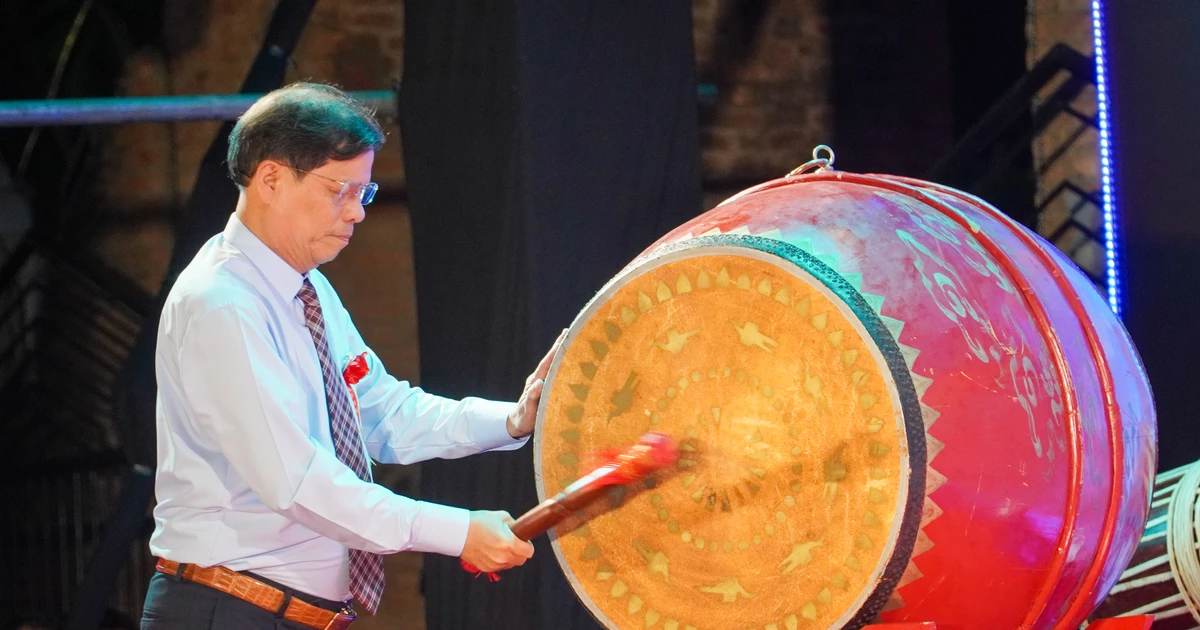







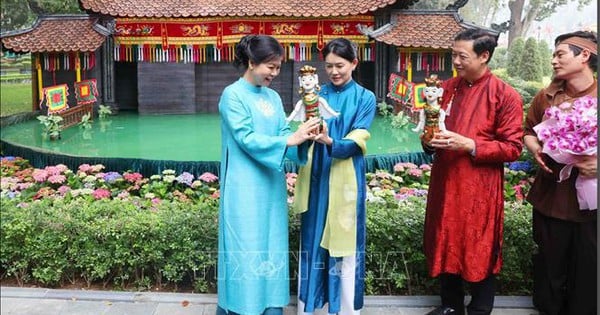
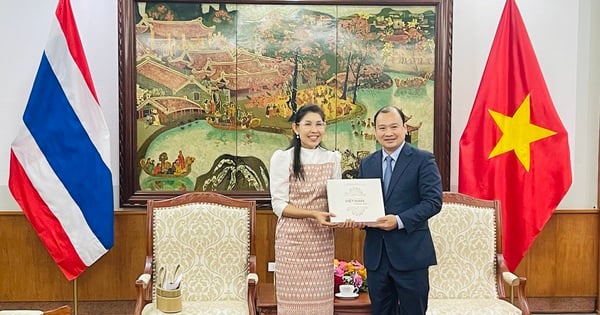
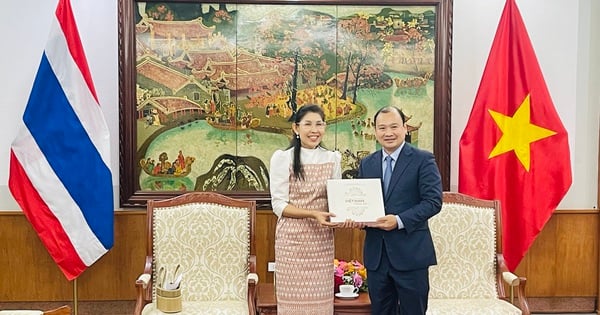

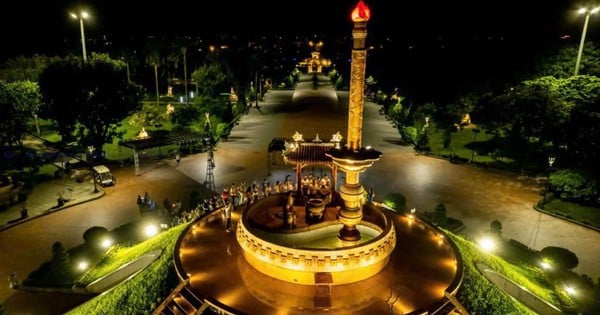
![[Photo] Welcoming ceremony for Chinese Defense Minister and delegation for friendship exchange](https://vstatic.vietnam.vn/vietnam/resource/IMAGE/2025/4/17/fadd533046594e5cacbb28de4c4d5655)




























![[Video] Viettel officially puts into operation the largest submarine optical cable line in Vietnam](https://vstatic.vietnam.vn/vietnam/resource/IMAGE/2025/4/17/f19008c6010c4a538cc422cb791ca0a1)
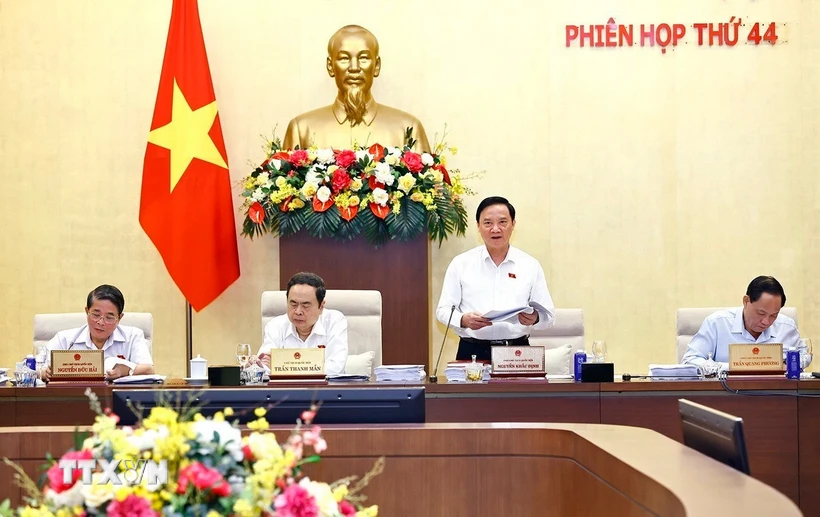
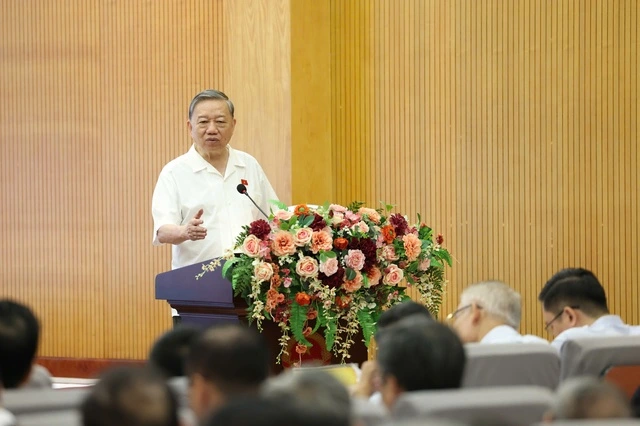

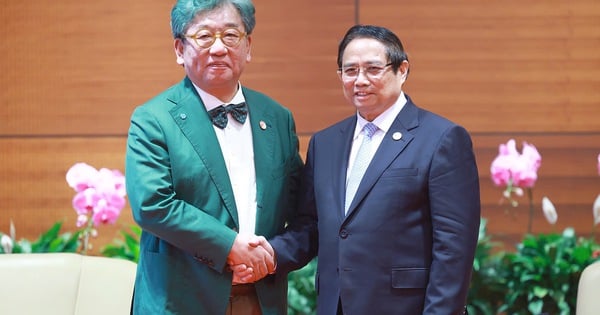

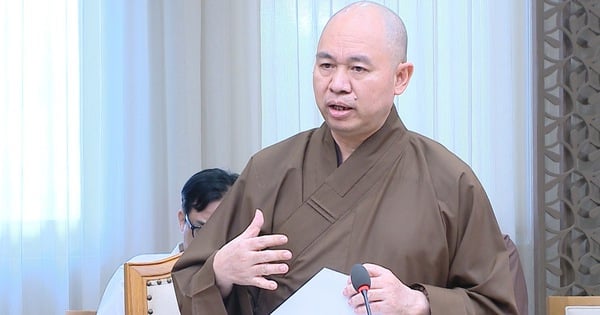
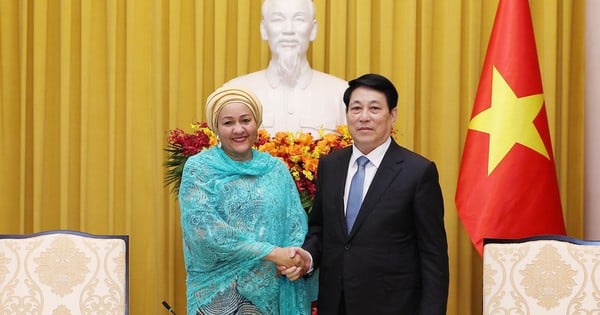




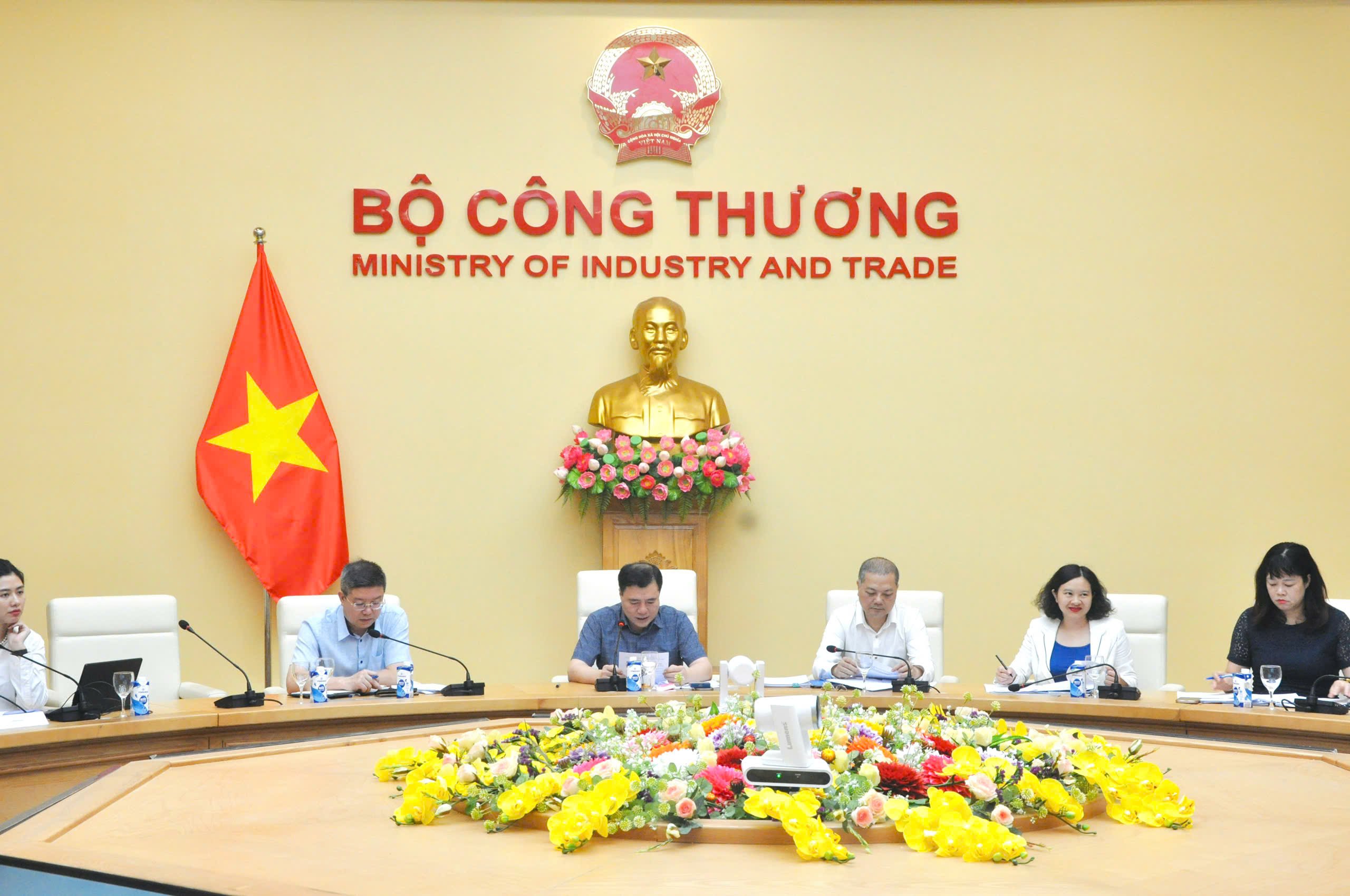





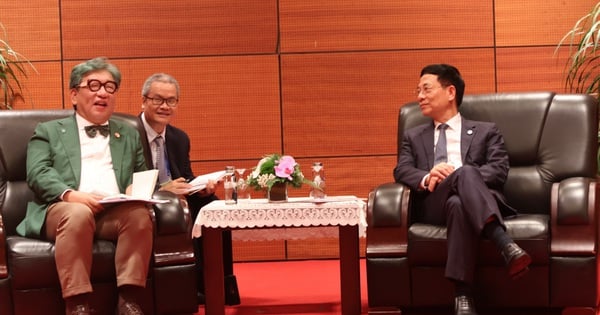






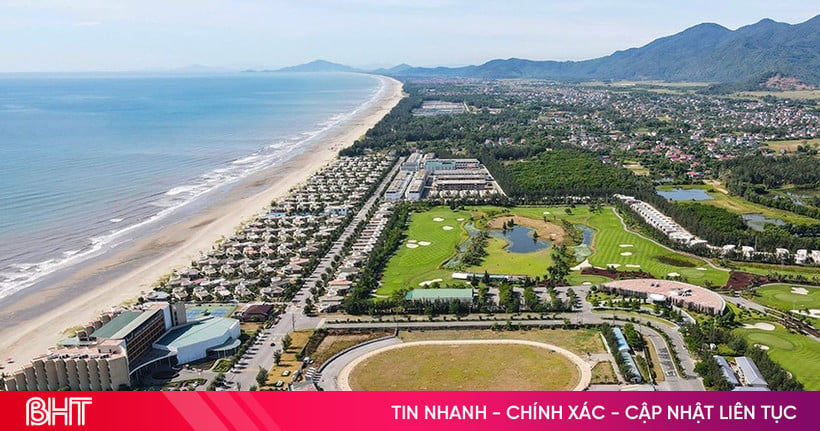
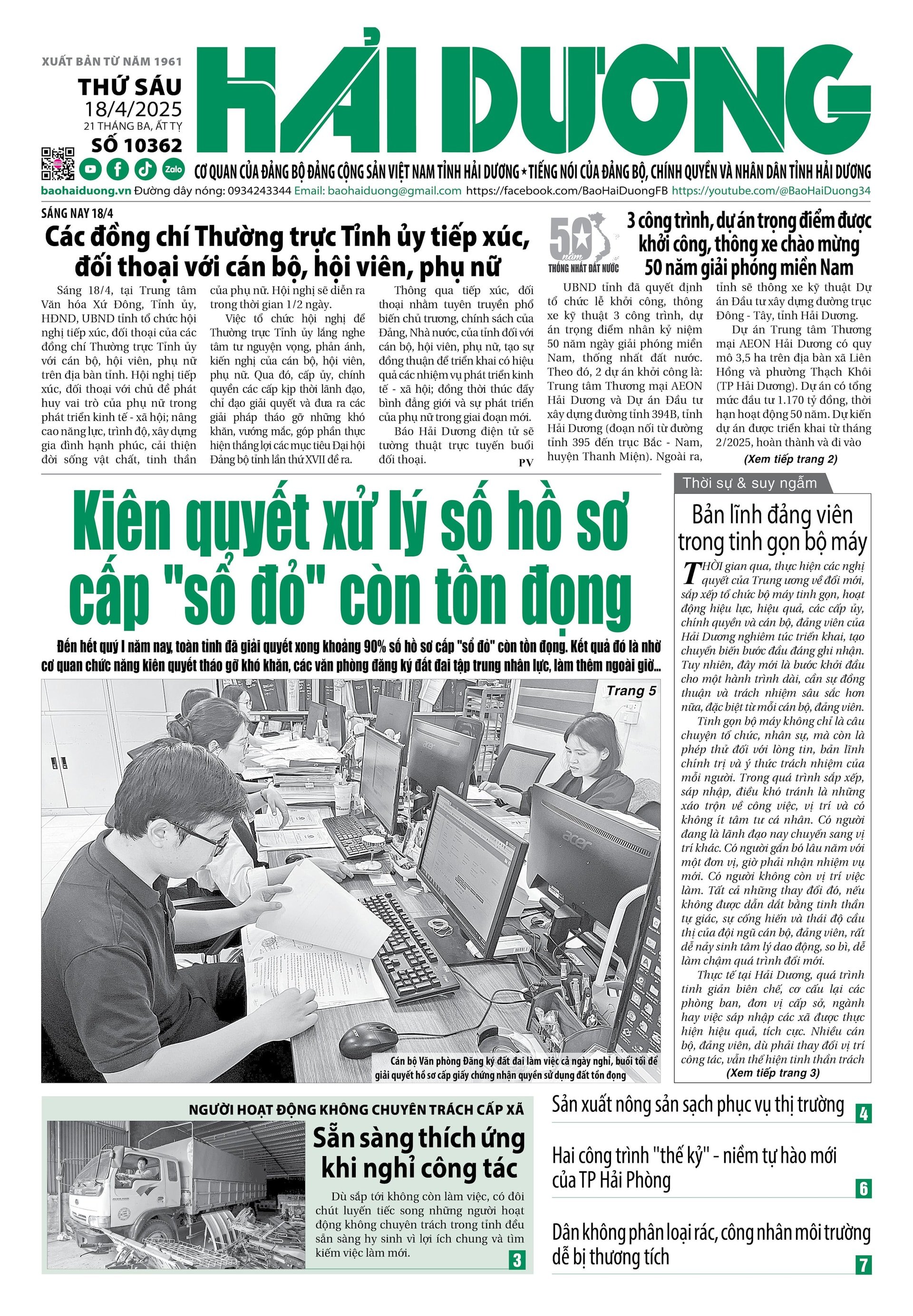





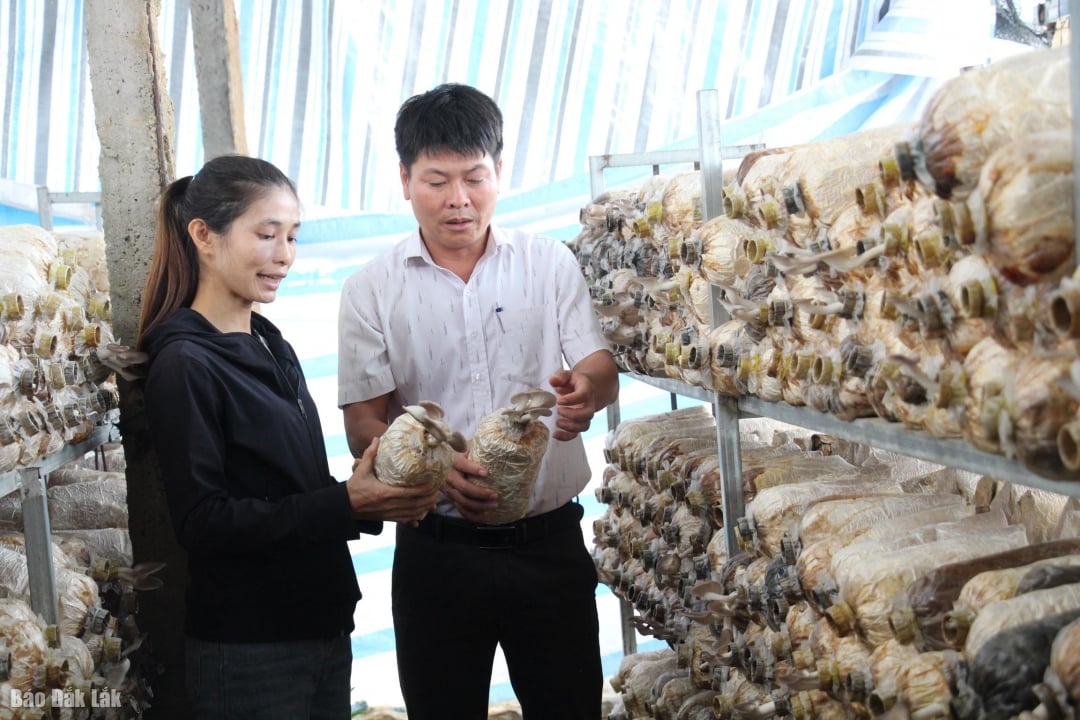






Comment (0)